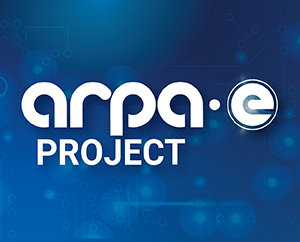Assessing the U.S Potential of Renewable Natural Gas (RNG)-based Bioenergy with Carbon Capture and Storage (BECCS)

Technology Description:
Oak Ridge National Laboratory, with project co-funder National Energy Technology Laboratory, will conduct a Geographical Information System (GIS) spatial analysis to identify locations that (1) are within geological saline basins with potential for CO2 injection, (2) are close to existing NG pipelines or NG users for potential blending of RNG with NG, and (3) meet site-specific suitability criteria (e.g. slope, population density, and exclusion of protected lands, landslide and flood hazard, and EPA non-attainment areas). The study will include productive near-shore macroalgae cultivation zones that could either send RNG into the gas pipeline system or possibly use it in local gas grids where energy infrastructure in lacking. Sites will be identified by leveraging the Oak Ridge Siting Analysis for power Generation Expansion (OR-SAGE), a spatially explicit biorefinery siting model. The project will also quantify wet waste and macroalgae feedstock availability at potential RNG conversion locations.
Potential Impact:
ORNL’s analysis could specify for the first time the quantity of biomass and biogas potentially achievable by converting macroalgae and how these quantities compare to terrestrial resources.
Security:
The project advances the development of industries using macroalgal feedstocks to enhance our nation’s energy resilience.
Environment:
GIS spatial analysis will identify locations that meet site-suitability requirements for potential RNG and NG blending.
Economy:
RNG can be blended with NG, overcoming biomass transportation cost barriers and contributing to NG decarbonization.
